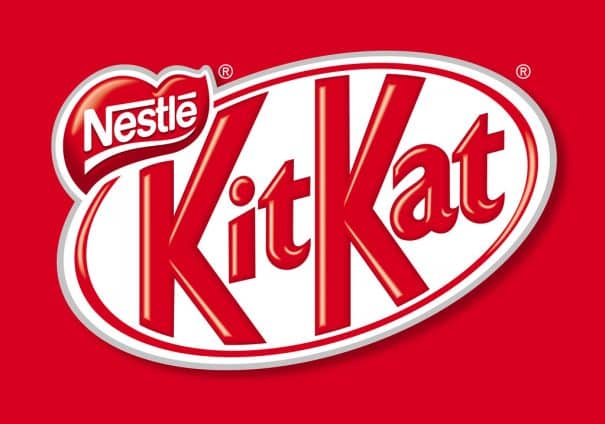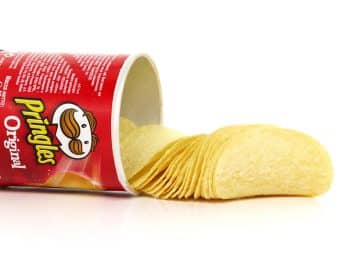Home » Crime and Fraud • Spotlight • UK Employment news » Why did Kit Kat lose a court case vs the EU?
Why did Kit Kat lose a court case vs the EU?
https://www.whatjobs.com/news/united-kingdom/uk-employment-news/why-did-kit-kat-lose-a-court-case-vs-the-eu

By Kris Paterson in Crime and Fraud, posted April 9, 2023

The maker of the world-renowned chocolate bar Kit Kat lost a decade-long court case in 2018 over its famous shape.
The decision meant the chocolate bar's famous four-finger shape is no longer a valid trademark across the EU.
It can now only be used in certain states where Nestlé has made a successful application as a national trademark.
READ MORE: Woman sues Kraft over mac and cheese that took too long to make
The iconic shape of a chocolate treat is an essential component of branding, making it easy for consumers to recognize products and services from a particular company.
Trademarks not only protect consumers by ensuring quality and consistency, but they also provide a significant business advantage.
However, protecting trademarks can be a lengthy and complicated process, as demonstrated by Nestlé's KitKat's recent legal battle to defend the shape of its four-fingered bar.
The decision
The EU's recent decision to annul KitKat's shape trademark has significant implications for the confectionery industry.
While trademarks for words are typically easier to defend, those for shapes require commercial use and consumer association with the brand.
The KitKat shape presented a challenge because it is not visible when wrapped, requiring proof of distinctiveness to be acquired through use.
Despite Nestlé having used the shape since 1935, the court ultimately decided it was not sufficiently distinctive to be a valid trademark across the EU.
This ruling has implications beyond the confectionery industry and highlights the challenges of protecting shaped trademarks.
Companies must provide evidence of the mark's distinctive character across the European Union to receive an EU-wide trademark.
Patterns based on commercial use and consumer association can be more challenging to defend than inherently distinctive ones, such as words.
Read more: 500 died in South Korea shopping mall collapse because chairman chose money over safety
While this decision may benefit chocolate lovers seeking variety in their "technically functional" treats, it leaves existing EU trademarks open to challenge.
Companies may need to consider new criteria to prove EU-wide distinctiveness, and applicants for trade mark protection should consider creating inherently distinctive patterns rather than those that require consumer association.
Trademarks are an essential branding component and provide significant business advantages, but protecting them can be complicated and time-consuming.
Follow us on YouTube, Twitter, LinkedIn, and Facebook.














